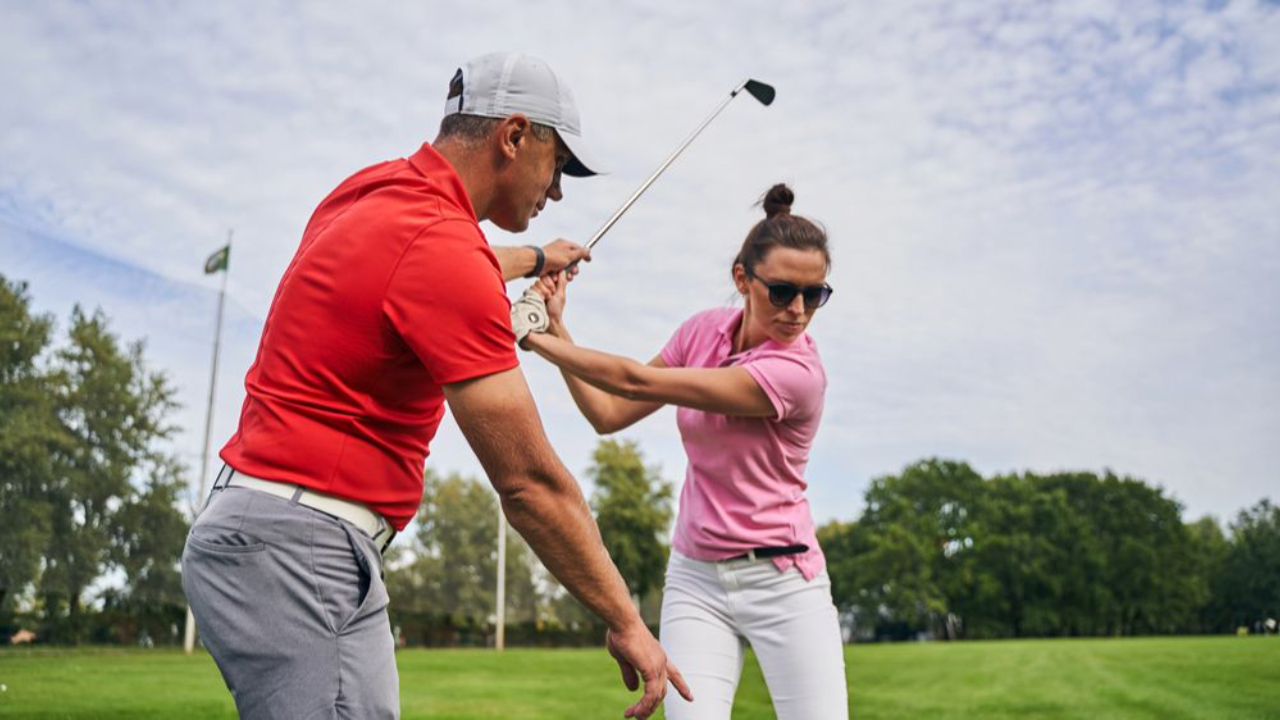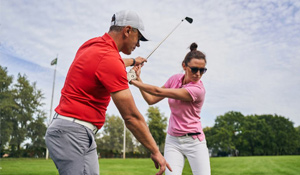
Platelet-rich plasma (PRP) therapy is increasingly used for treating various musculoskeletal conditions, including golfer's elbow (medial epicondylitis). PRP therapy involves injecting a concentration of a patient’s own platelets to accelerate the healing of injured tendons, ligaments, muscles, and joints. Here are the key indications and considerations for PRP therapy in golfer's elbow:
Indications for PRP Therapy in Golfer’s Elbow
- Chronic Medial Epicondylitis
PRP is often considered when the condition is chronic (lasting more than three to six months) and resistant to conservative treatments such as rest, physical therapy, and non-steroidal anti-inflammatory drugs (NSAIDs).
- Failure of Conservative Treatments
Patients who do not respond to conservative treatments like bracing, activity modification, physical therapy, and corticosteroid injections may be candidates for PRP therapy.
- Persistent Pain and Dysfunction
Individuals experiencing persistent pain and functional impairment affecting daily activities and sports despite other treatments may benefit from PRP injections.
- Desire to Avoid Surgery
PRP may be an option for patients seeking to avoid surgical intervention and its associated risks and recovery time.
- Confirmed Diagnosis via Imaging
Ultrasound or MRI confirming the presence of tendon degeneration or partial tears can help in deciding PRP therapy.
PRP Therapy Procedure
- Blood Draw
A small amount of the patient’s blood is drawn, usually from the arm.
- Centrifugation
The blood is placed in a centrifuge, which separates the platelets from other blood components.
- Preparation of PRP
The concentrated platelets are then prepared for injection.
- Injection
The PRP is injected into the affected area of the elbow under ultrasound guidance to ensure precise placement.
Benefits of PRP Therapy
- Accelerated Healing
Platelets contain growth factors that promote tissue repair and regeneration, potentially speeding up the healing process.
- Reduced Pain
PRP can reduce pain and improve function, facilitating a quicker return to normal activities.
- Minimally Invasive
The procedure is minimally invasive with a lower risk profile compared to surgery.
Considerations and Potential Risks
- Side Effects
PRP injections are generally safe, but some patients may experience mild pain, swelling, or bruising at the injection site.
- Effectiveness
While many patients report significant improvement, results can vary. Some studies support the effectiveness of PRP for tendinopathies, while others show mixed outcomes.
- Multiple Injections
Some patients may require more than one PRP injection for optimal results.
Contraindications
- Active Infection
PRP therapy should not be performed in areas with active infection.
- Blood Disorders
Patients with certain blood disorders or on anticoagulant therapy may not be suitable candidates.
Summary
PRP therapy is a promising treatment option for golfer’s elbow, particularly for patients who have not found relief with traditional therapies. It is essential to have a thorough evaluation by a healthcare provider to determine if PRP is appropriate based on individual health status and the severity of the condition.








